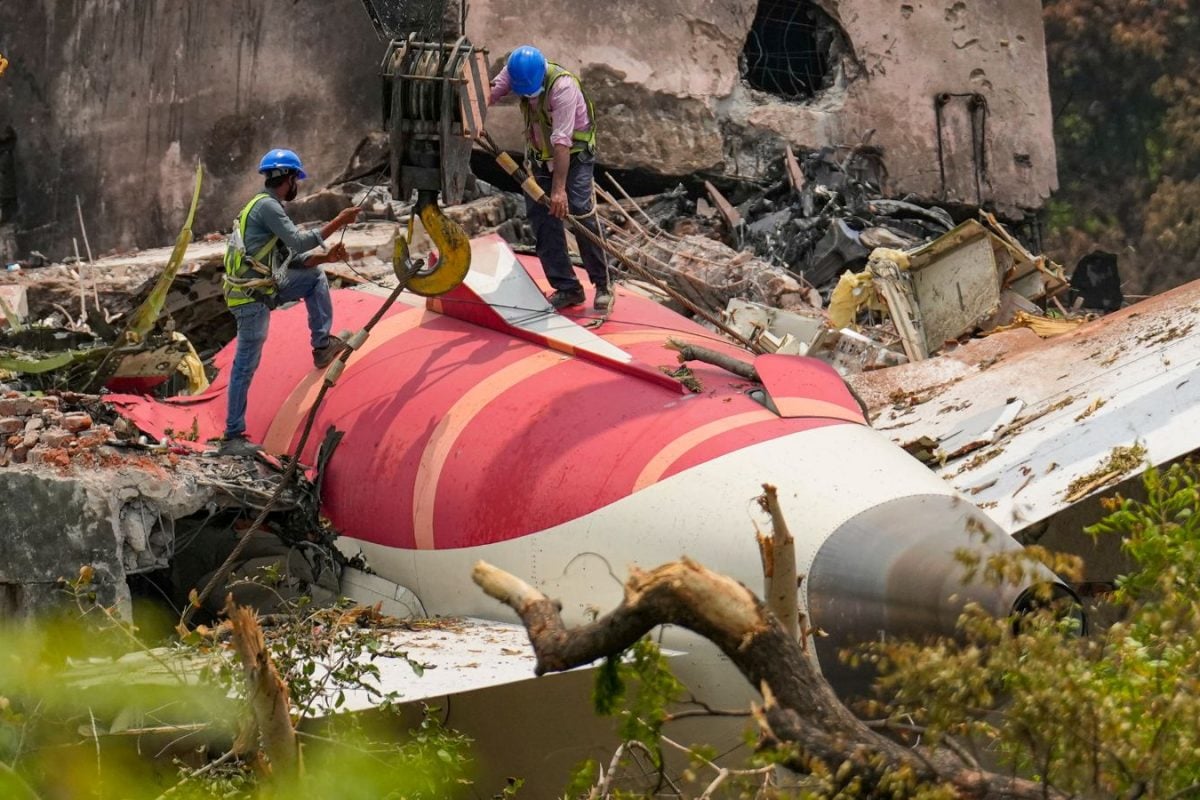

The investigation into the Air India flight AI171 crash in Ahmedabad on June 12, 2025, is progressing steadily, according to the Ministry of Civil Aviation (MoCA). The crash, involving a Boeing 787-8 Dreamliner bound for London, resulted in the tragic loss of 241 lives on board and 33 on the ground.
A multi-disciplinary team from the Aircraft Accident Investigation Bureau (AAIB) commenced a formal inquiry into the accident immediately after the crash. Both the Cockpit Voice Recorder (CVR) and the Flight Data Recorder (FDR), commonly known as the "black boxes," have been recovered and are currently in the safe custody of the AAIB. These recorders are crucial for understanding the circumstances leading up to the crash, as the CVR captures audio from the cockpit, including pilot conversations, and the FDR logs flight details such as altitude, speed, and engine data.
While initial reports suggested the black boxes might be sent abroad for analysis, the government has stated that the AAIB will decide on the location for decoding the flight recorders after a thorough assessment of all technical, safety, and security considerations. However, due to the heavy external damage sustained by the black box as a result of the post-crash fire, it will be sent to the United States for data recovery. The National Transportation Safety Board (NTSB) in Washington will extract the data and share it with the AAIB. The United Kingdom's Air Accidents Investigation Branch (AAIB) will also be present during the investigation, as there were 53 British citizens among those killed.
The AAIB has been given three months to complete the probe. The investigation is comprehensive, with agencies securing CCTV footage of the airport premises and interrogating ground handling staff to examine any suspicious activity or communication. Mobile phones of ground staff have also been taken into custody for forensic analysis. All possible leads, including human error, technical failure, and sabotage, are being actively pursued.
Early investigations have revealed that the pilots deployed the Ram Air Turbine (RAT), an emergency power system, indicating either a loss of engine power or complete electrical failure. The pilot made a Mayday call, citing "no thrust" and stating he was "unable to lift" the aircraft, but air traffic control could not re-establish contact. The aircraft reached an altitude of 625 feet before descending at a vertical speed of 475 feet per minute.
In the aftermath of the crash, the Directorate General of Civil Aviation (DGCA) has ordered enhanced safety inspections of Air India's Boeing 787-8 and 787-9 fleet. Air India has also reduced its international services on wide-body aircraft by 15% for the next few weeks to increase reserve aircraft availability. Passengers affected by flight cancellations are being offered the choice to reschedule their travel without any cost or receive a full refund.